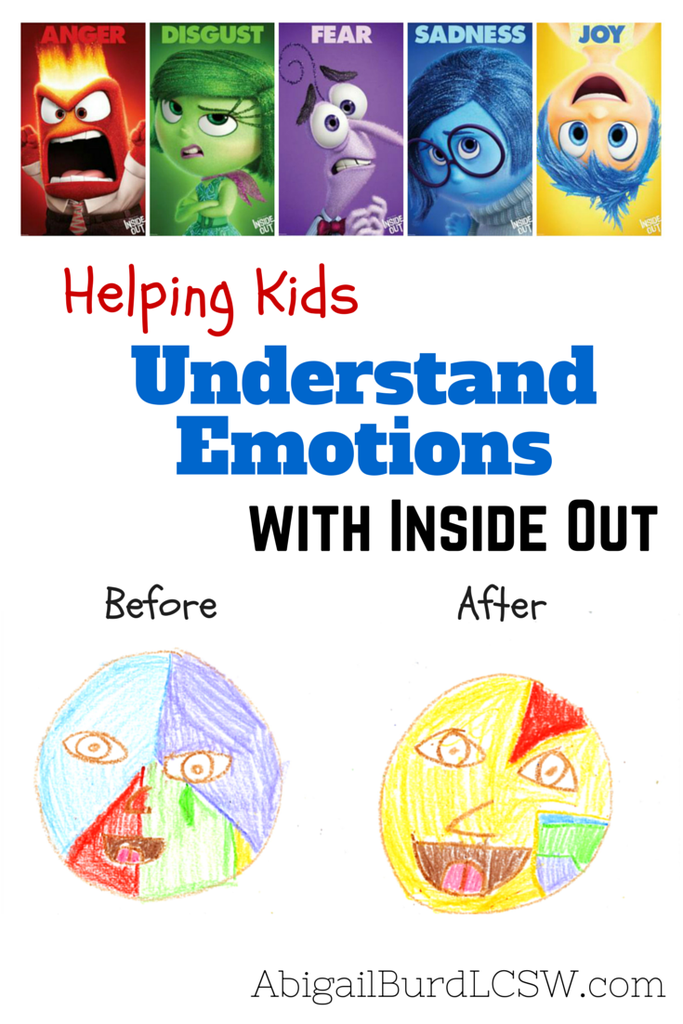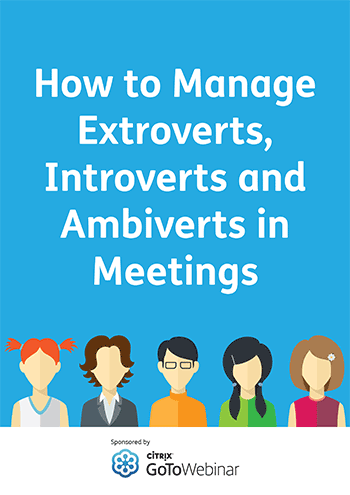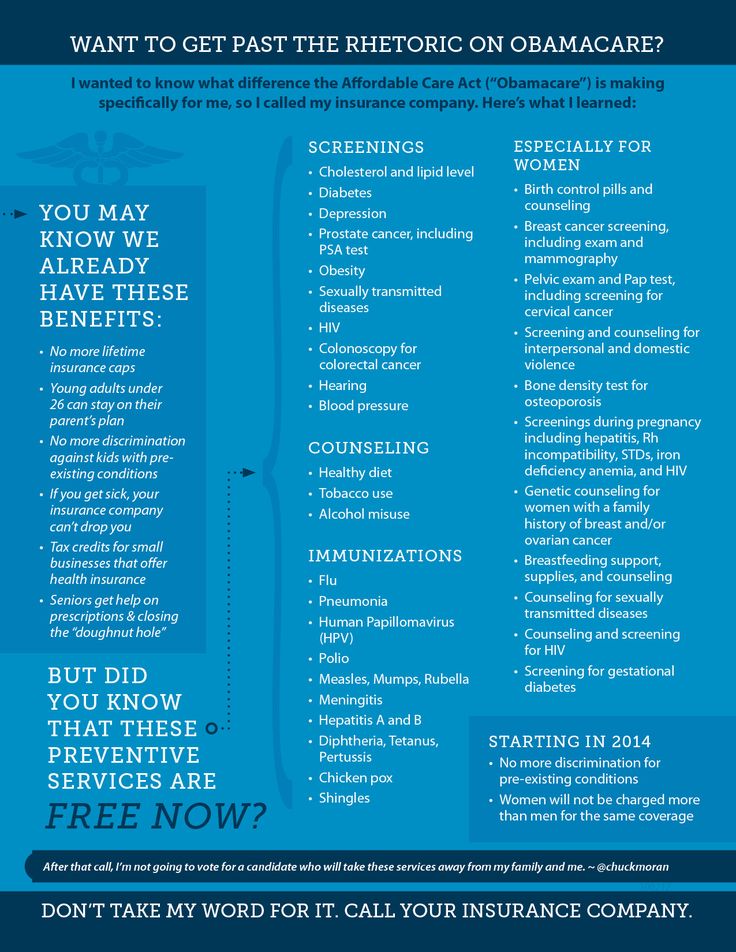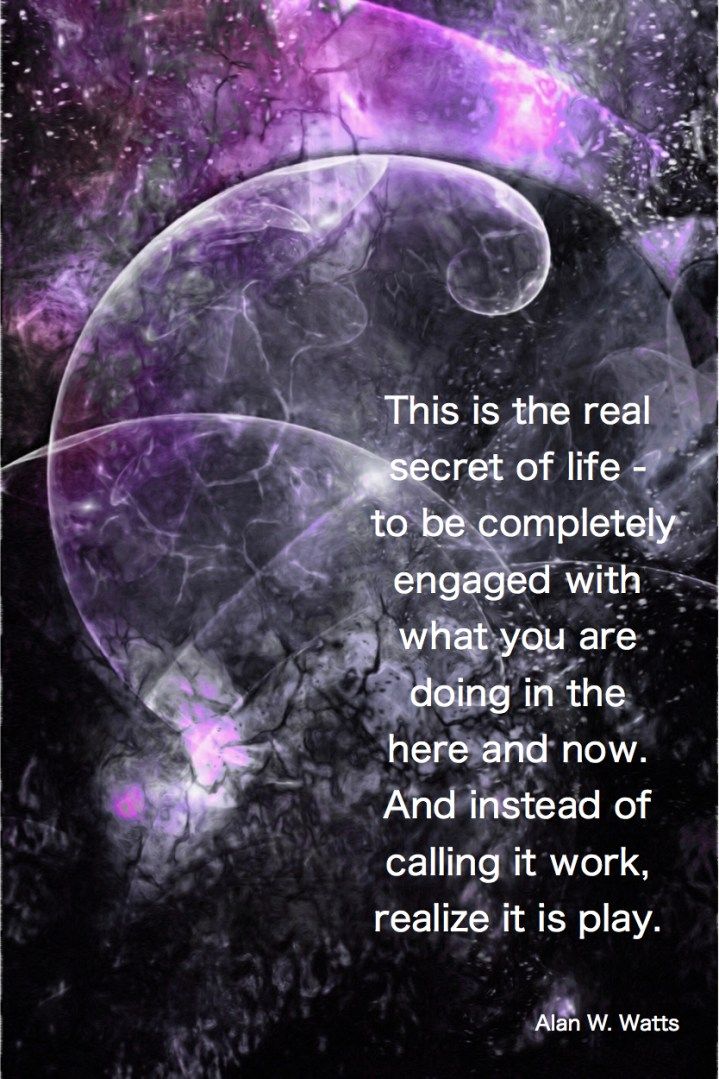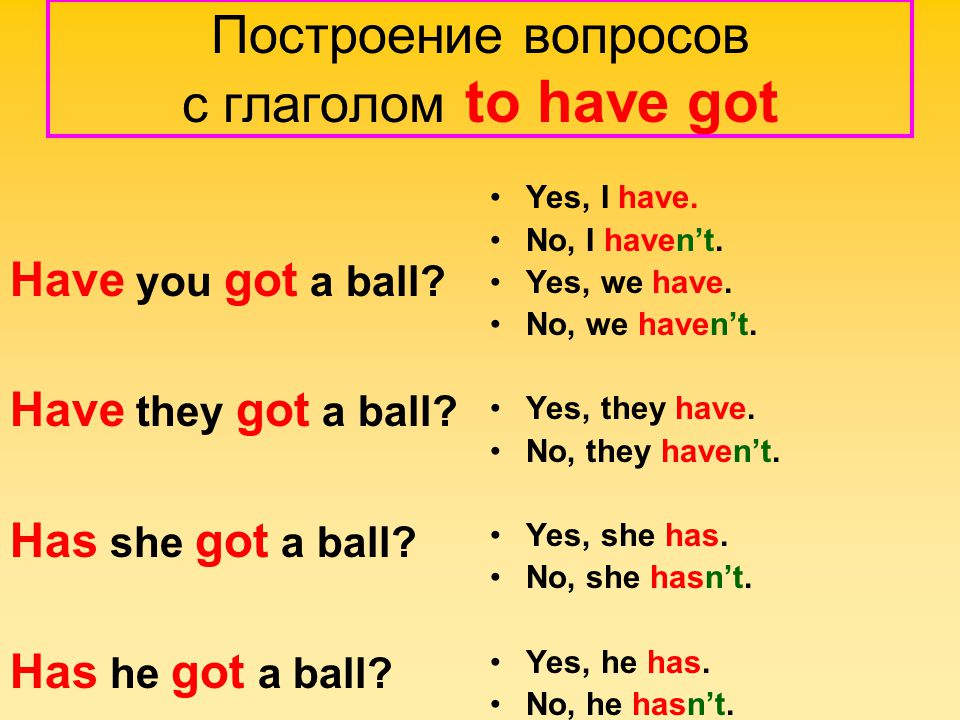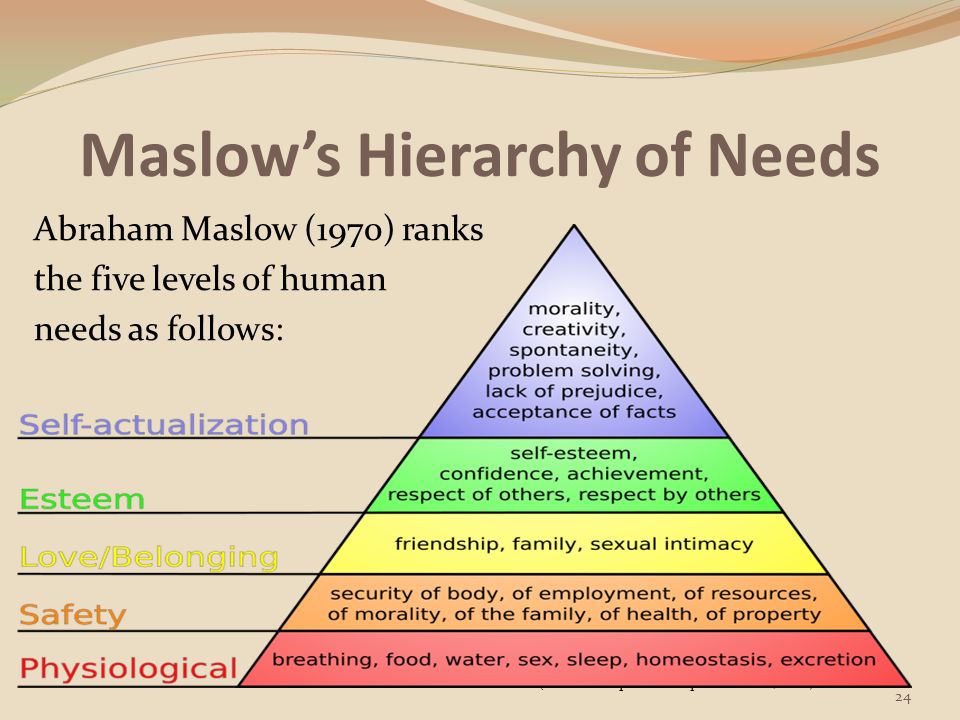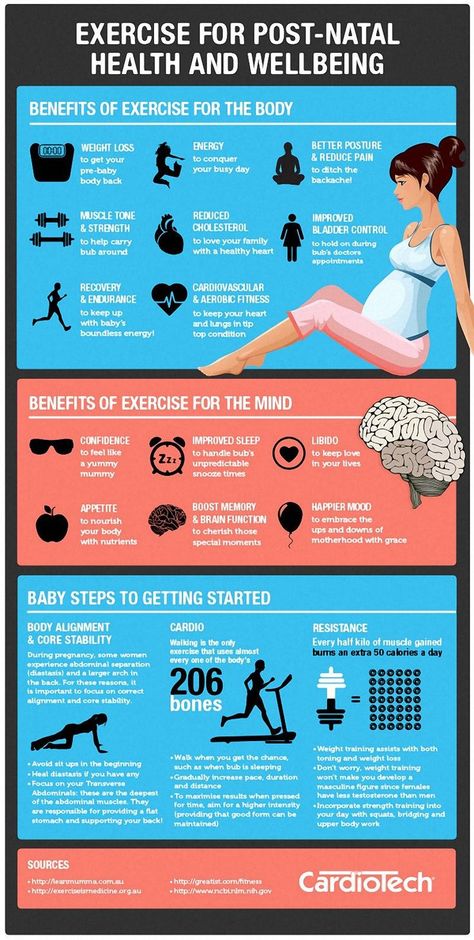Understand your emotions
The Ultimate Guide to Understanding Your Feelings & Emotions For 2022
Understanding feelings and emotions can be a difficult journey, even when you know how to do it.
In this article we will help you navigate the path of understanding feelings and emotions and how they affect your life.
In this article we will discuss:
- Step 1: The Role Emotions Play
- Step 2: Don’t Judge Your Emotions
- Step 3: What Each Emotion Feels Like & What They Are Trying To Tell You
- Step 4: Record Your Thoughts and Emotions
- Step 5: Expand Your Emotional Vocabulary
- Step 6: Share Your Emotions
- Step 7: See a Therapist
Let’s get to it!
Step 1: The Role Emotions PlayEmotional awareness is the ability to identify and understand your feelings and emotions. One of the most important determinants in how you relate to yourself and others is your level of emotional awareness. It impacts every part of your life, from how you feel, the choices you make and what you do to manage your stress levels.
People who are emotionally aware are better able to listen to others and understand their feelings (this is empathizing). They’re also more comfortable with intimacy because they know what it feels like to be open about their own feelings.
People who are more in tune with understanding feelings and emotions also have a healthier self-image and are less likely to be emotionally upset when something goes wrong.
Being able to identify what you are feeling at any given time enables you to make decisions about how best to proceed. You can decide whether to take action or do nothing, but at least you will have a better understanding of what your options are.
In addition, identifying your emotions accurately helps you sort out the important from the trivial.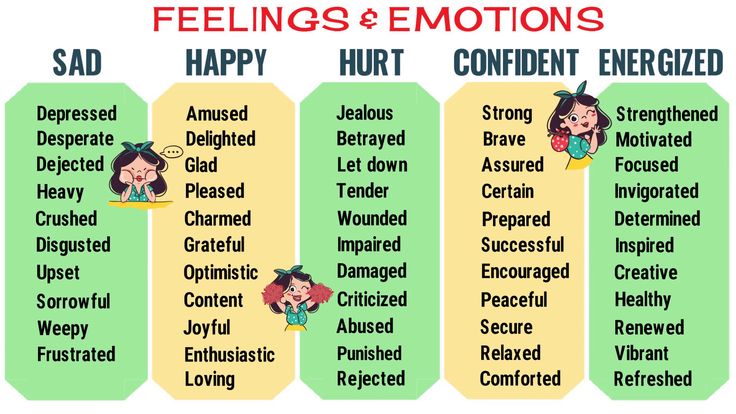 You learn to trust your instincts and not ignore what’s going on inside of you.
You learn to trust your instincts and not ignore what’s going on inside of you.
The first step in understanding your feelings and emotions is to learn how to accept them without judgment.
This can be difficult because many of us have been taught that it’s not OK to feel certain emotions, such as anger or sadness.
However, all emotions are useful and important. Crying for example, is a natural way of letting go of pent up emotions and releasing stress. Not only this but crying actually releases neurotransmitters (like oxytocin & endorphins) that will help push you back to more positive emotions.
Being emotionally aware does not mean dwelling on your feelings, discussing them all the time, or even acting on them, but simply acknowledging, accepting, and processing them as they arise.
Feelings that are not expressed or understood can be very destructive over long periods of time.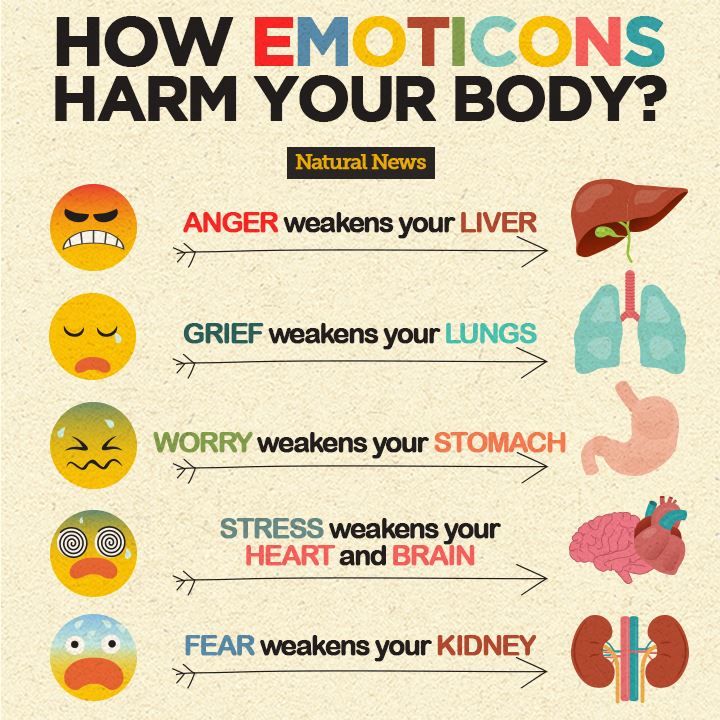 They can lead to stress and anxiety, as well as health problems including heart disease, insomnia, headaches and digestive disorders. Unresolved grief can lead to what is known as complicated grief which is much more painful and difficult to process than the original pain.
They can lead to stress and anxiety, as well as health problems including heart disease, insomnia, headaches and digestive disorders. Unresolved grief can lead to what is known as complicated grief which is much more painful and difficult to process than the original pain.
When we hold back our emotions, they become disassociated from us and out of our control. By bringing them into consciousness, we can identify them and direct our behavior more effectively.
Try to let go of the judgments you have about your feelings, and accept them as merely a part of being human. Only then can you begin the process of learning how to manage them in a healthy way.
Step 3: What Each Emotion Feels Like & What They are Trying To Tell YouIn some situations, you might have difficulty naming what you’re feeling. This may happen if you’re feeling overwhelmed by some strong feelings, such as grief or sadness.
In this case, it helps to pay attention to how your body is reacting and what thoughts are going through your mind. By naming these reactions, you can begin to identify the emotion that’s causing them. It might help to ask yourself:
- What is my body telling me? If you’re overwhelmed and don’t know how you feel, pay attention to what your body is doing: Are your shoulders tense? Is there a knot in the pit of your stomach? Are you clenching your jaw or fists without even realizing it?
- How is my mind telling me I’m feeling? You may experience thoughts such as: “I feel like something bad is about to happen” or “This situation isn’t fair” Pay attention to these thoughts and see if they help you identify how you’re feeling.
- Next, ask yourself, “What are my emotions trying to tell me?” Every emotion has a message for you, if you take the time to learn what it is. When you become aware of a feeling or emotion, take a step back and try to understand what it means.
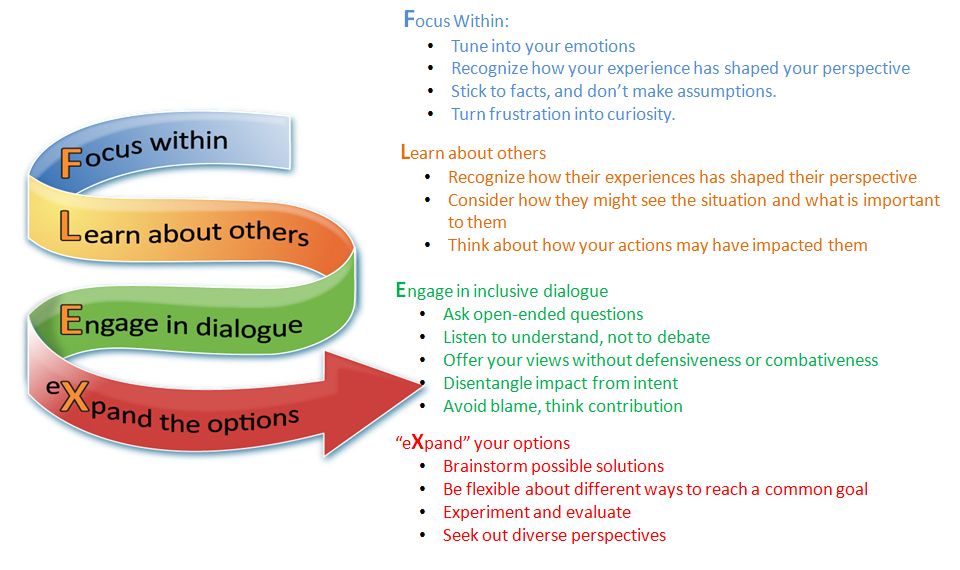
It is also possible to experience more than one emotion at once.
For example, you might simultaneously feel anger and hurt, or guilt and embarrassment. When this happens, try to deal with each feeling separately. When your feelings are clear, it’s easier to use the appropriate coping strategies that will diffuse their negative effects.
The Voice Of Anger
During anger you might realize that your heart is beating faster than usual, you’re breathing faster and maybe shaking a little bit. Your face and neck may feel hot and your fists might clench. When we become angry it’s common for us to want to yell, throw things, and even lash out at the other person.
You may experience thoughts such as “I hate him” or “I can’t believe she did that”; “This is ridiculous” or “This isn’t fair!”; strong feelings of hostility; the impulse to blame others for your problems; difficulty concentrating, and/or thoughts about revenge.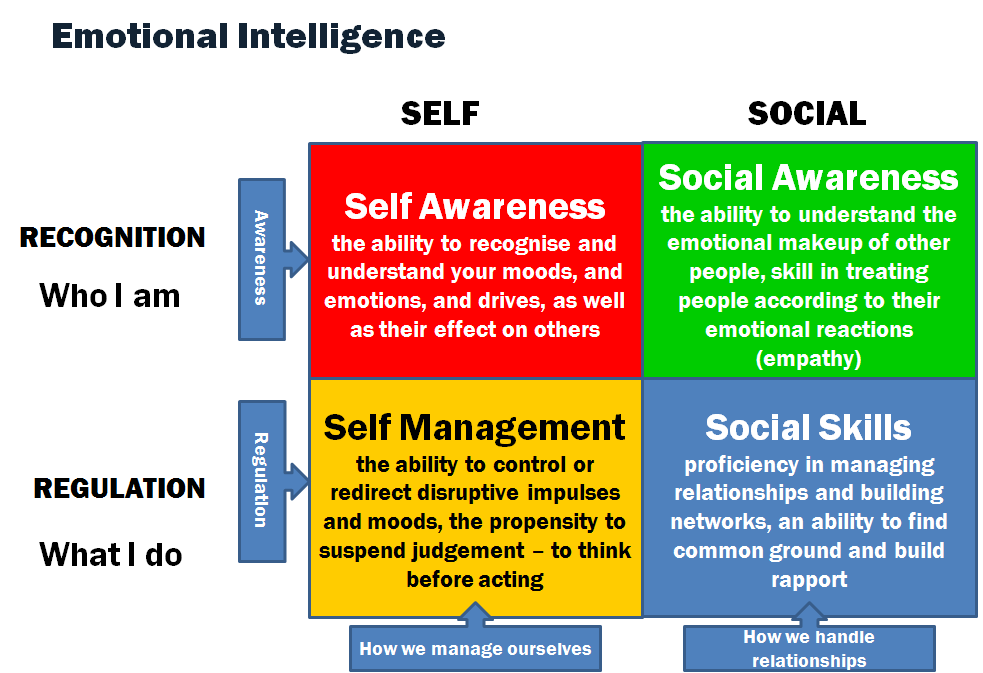
Anger is an intense feeling or emotion that can be triggered by a negative event or interaction. Anger tells you to take some sort of action—positive or negative. It can lead to aggression, since your body is readying itself for some sort of physical retaliation.
Anger can tell us that something is wrong and needs attention. Anger may also signal that something feels unfair–for example, you might feel angry if you’re passed over for a promotion at work despite the fact that you have the best numbers in the office.
You may need to set appropriate boundaries, or learn how to express anger in ways that don’t hurt yourself and others, such as learning to say “no” or taking time to cool down. If you struggle with anger, take some time to learn more about blaming, shaming, and controlling statements. Do your best to communicate in a healthy way, even when it feels like anger is getting the best of you. Anger can be a good thing if we let it help motivate us to change our circumstances or behaviors for the better.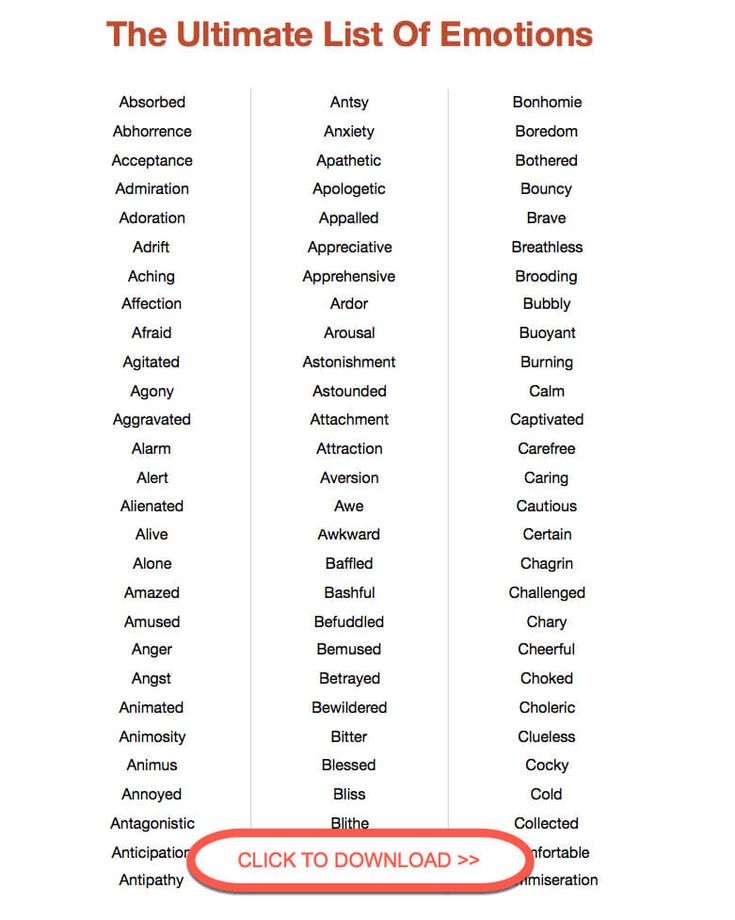
To learn more about how to respond when you’re feeling angry, check out our blog: How To Stay Calm Around Those Who Push Your Buttons
The Voice Of Sadness
When we feel sad we may experience a heaviness in the heart and chest, and become tearful and more likely to feel the need to withdraw from people. Sadness can make us feel lethargic and we might not be able to concentrate very well on anything other than our pain.
When people feel sadness or grief they often experience strong feelings of emptiness or despair; thoughts such as “this pain will never go away” or “I’m all alone”; the impulse to withdraw, sleep or cry; difficulty concentrating, and/or thoughts about wanting to avoid life.
Sadness is a feeling that can be triggered by many events such as loss of someone close, loss of a job, and even the break up of a relationship.
The feeling of sadness often tells us that something is missing in our lives or that some loss or disappointment has occurred.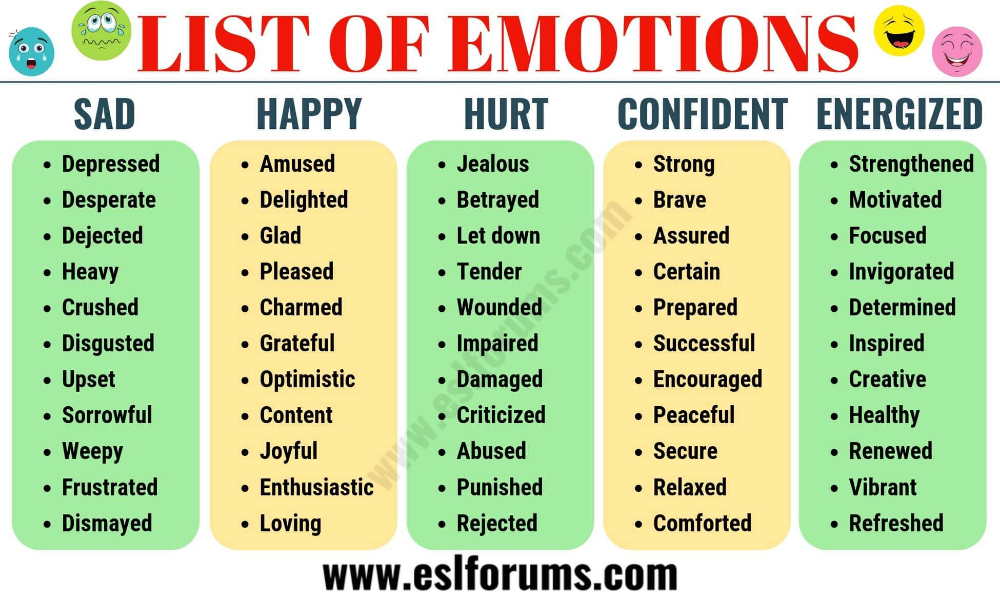 Sadness signals a need for comfort and support. It could mean that we need to take care of ourselves and allow ourselves time to heal.
Sadness signals a need for comfort and support. It could mean that we need to take care of ourselves and allow ourselves time to heal.
To learn specifically about depression and how to overcome it check out our blog: 5 Most Powerful Strategies To Beat Depression In 2022
The Voice Of Fear
When you’re feeling scared, your heart might beat fast and hard, you might begin to sweat a little bit, feel short of breath or hyperventilate. You may become tense throughout your whole body or even shake all over. You may have a pit in your stomach or a sense of dread about what’s going to happen next.
If you’re faced with a threat, your body will prepare to either fight or flee. When we are afraid, it’s common for us to feel on edge and have trouble concentrating or thinking clearly.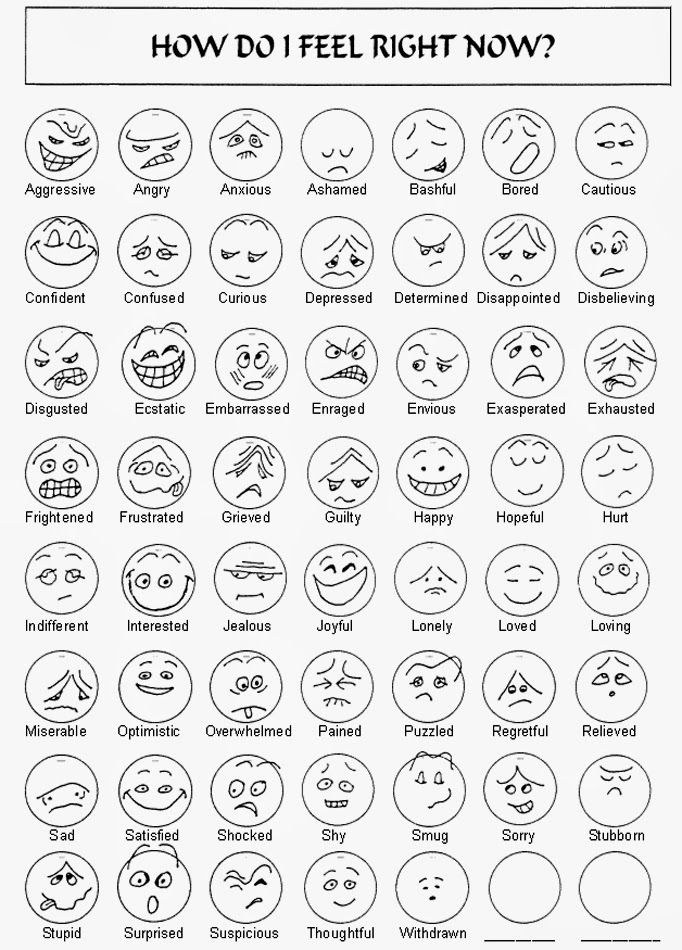 You might have thoughts like “I’m going to faint,” or “Get me out of here! I want to run!”
You might have thoughts like “I’m going to faint,” or “Get me out of here! I want to run!”
Fear is one of the most basic and primal emotions we have as humans. Fear is an emotional response to a perceivable threat of danger, pain, or harm. When someone feels a sense of fear it is usually a survival instinct to help them avoid a dangerous situation or at least be aware of the potential danger around them.
Fear tells you to run! While fear is a response to a present threat, anxiety is a feeling that is often triggered by the fear of something bad happening in the future. Anxiety is often experienced even though there is no real threat, only a perceived one. Anxiety may mean it’s time to regain some sense of control over your emotions or situation. It may also mean you need to let go of things that are not within your control.
The Voice Of Surprise
When you’re surprised your heart speeds up and you may feel wide awake, dizzy and lightheaded. You may experience a jolt of energy throughout the body. You might feel frozen in place or overwhelmed. You might have thoughts like “I’m not sure what to do,” or “I don’t know how to react.”
You may experience a jolt of energy throughout the body. You might feel frozen in place or overwhelmed. You might have thoughts like “I’m not sure what to do,” or “I don’t know how to react.”
Surprise is a feeling that can be triggered by shocking or unexpected events/interactions. Feeling surprised is usually rooted in the feeling of being caught off guard.
It can also be rooted in the feeling of neutral or positive things unexpectedly happening such as receiving a compliment or getting a promotion at work. Surprise tells you that it’s time to slow down and process information, since something unexpected has happened.
The Voice Of Disgust
When you are disgusted your heart may beat faster or slower than usual. You may feel nauseated or sick to your stomach, as if you want to throw up. You might have thoughts like “That’s so gross!” or “How could someone do that?”
Disgust is usually triggered by something that is considered unpleasant, offensive, or immoral.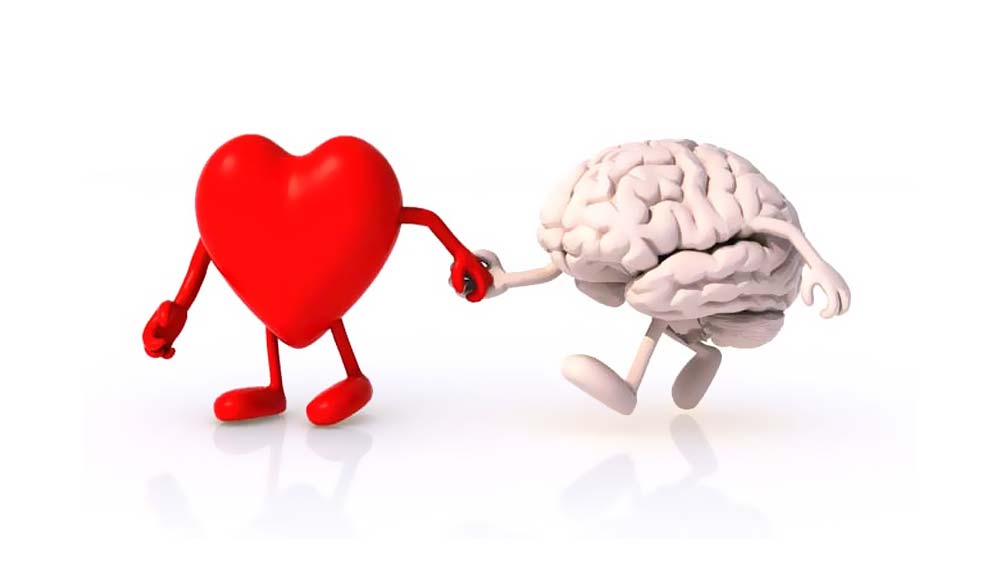 This emotion is rooted in the idea of avoiding harmful substances, like rotten food or toxic chemicals. Disgust is telling you to push the repulsive thing away from you for your own safety.
This emotion is rooted in the idea of avoiding harmful substances, like rotten food or toxic chemicals. Disgust is telling you to push the repulsive thing away from you for your own safety.
The Voice Of Happiness
Happiness is usually triggered by positive events or interactions that make you feel good. When you are happy you may experience a feeling of contentment and joy. Sometimes happiness can be triggered by the smallest thing like a compliment or finishing an assignment on time.
Happiness cues you into things that are important to you, such as having positive relationships with others, gaining new skills or abilities, and feeling like you belong.
The Voices Of Guilt & Shame
Guilt is a feeling about an individual action one has committed. When you feel guilty it feels like a sharp pain in your heart, and you may find yourself wanting to make amends with the person you hurt.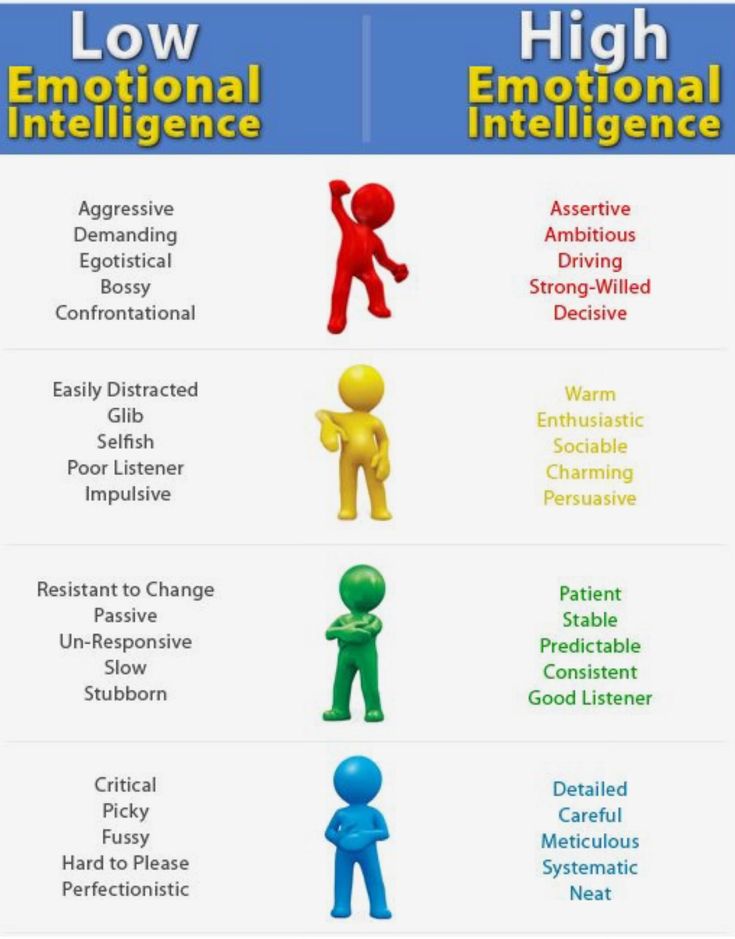 Guilt is a result of doing something that violates your own personal moral code or rules. When people feel guilt, they often have thoughts such as “I did something bad,” or “I should have done something differently.”
Guilt is a result of doing something that violates your own personal moral code or rules. When people feel guilt, they often have thoughts such as “I did something bad,” or “I should have done something differently.”
Shame, on the other hand, can feel like a heavy weight bearing down on your shoulders, and you may feel the need to hide from others. Shame is a negative feeling that focuses on the self. The “self” is who you are as a person. We feel shame when we think that who we are as a person is flawed and defective. When people feel shame, they have thoughts such as “I’m bad,” or “I’m worthless.”
Shame can have a corrosive effect on your self-esteem and sense of identity. When shame goes unattended in our life, it often makes us feel insecure, unloved and lonely. It is pushing away friends and family who could otherwise be supportive.
Guilt, on the other hand, signals that what we did may have been wrong, but who we are as a person is not wrong. It can help us realize that our behavior has hurt someone or broken an important relationship, and may provide the impetus we need to apologize and reconcile.
If you want to learn more about dealing with shame, check out our article: How To Move Through Shame By Getting In Touch With Your Creative Side.
Step 4: Record Your Thoughts and EmotionsYou can practice listening and understanding feelings and emotions that you experience by getting into the habit of recording your emotions on a daily basis, every time you feel something new or different. This will help you identify your patterns and give you an insight into how you are feeling over time.
Ask yourself: What is making me feel this way? If you’re feeling anxious, what is causing it? Is there a difficult task looming in your future that might lead to performance anxiety? If you’re feeling sad, why are you feeling that way? Are you watching a movie or show that’s eliciting the emotion for you? What happened earlier today that might have caused the feeling?
Take a closer look at each situation and identify what’s triggering those feelings. Once you can recognize your triggers, you’ll be better prepared to avoid future negative feelings, or at least learn how to cope with them more effectively.
Once you can recognize your triggers, you’ll be better prepared to avoid future negative feelings, or at least learn how to cope with them more effectively.
Negative thoughts can also play an important role in shaping emotions, and in many cases they actually create the feelings we experience in response to them.
For example: If you think “I can’t,” or “I’ll never be able to do this,” you might end up feeling anxious, overwhelmed, and stressed out. However, when you replace those thoughts with something like, “This is really challenging, but I’m prepared to give it my all,” you might end up feeling more confident and in control.
To learn more about the negative thinking that could be affecting your emotions, check out the post on cognitive distortions → HERE
Identify the thoughts that are directly related to the emotions you’re feeling. If you want to challenge negative thinking, try writing down some alternative, more positive thoughts about a situation, and seeing how it changes your mood.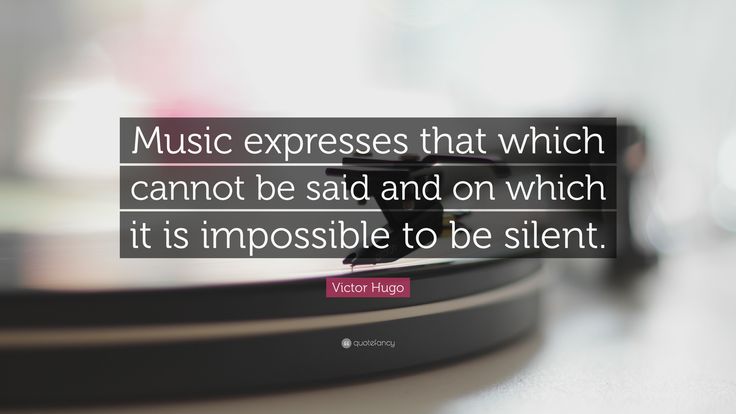
It can be helpful to develop a larger vocabulary for understanding feelings and emotions. Creating a list of feeling words and putting them in order from least distressing to most distressing can help you identify your feeling and therefore what you need.
Suppose you are feeling angry, you might ask yourself if you are “a little annoyed,” “irritated”, “furious” or even “enraged.” The word that you choose can help you identify your starting point and the intensity of your emotion.
Then you can plan accordingly and take steps toward resolving or managing your feelings. The right words paint a clearer picture of what you’re going through and help you better express those feelings to others.
To improve your emotional vocabulary, check out emotions list → HERE
Step 6: Share Your FeelingsThe most common way many people release negative feelings is by talking about them or sharing them with someone they trust.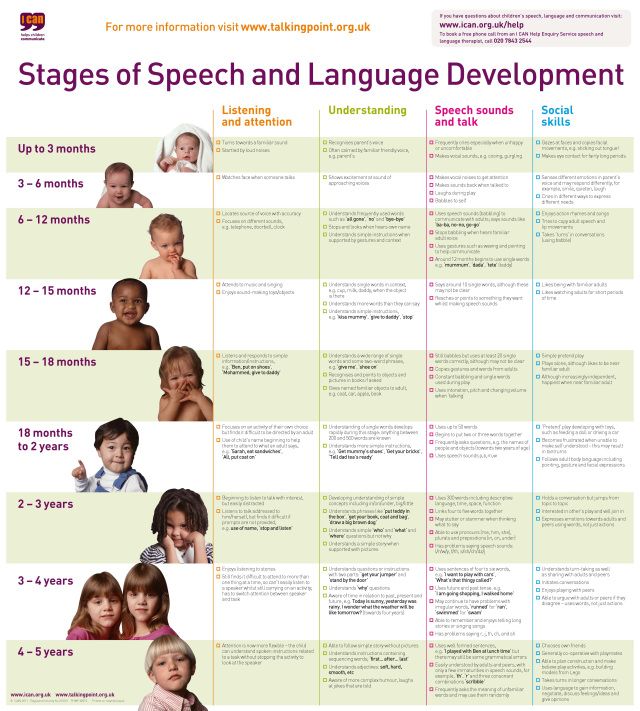 You don’t have to go into great detail, just voicing out loud the thoughts that are troubling you will help dissipate some of their intensity and make it easier to gain a broader perspective.
You don’t have to go into great detail, just voicing out loud the thoughts that are troubling you will help dissipate some of their intensity and make it easier to gain a broader perspective.
Talking and understanding feelings and emotions is also one of the best ways to sort them out. Often, when we are angry or afraid, the problem seems bigger than it really is. By talking things over with someone who listens without judging us or becoming defensive, we can gain insight into how to resolve the situation effectively.
Step 7: See a therapistIf you feel like not understanding feelings and emotions are starting to interfere with activities such as work, school or relationships, it may be time to talk with someone who is trained to help you work through your feelings in an orderly way.
Therapists can help you understand how specific thoughts, physical sensations, behaviors, and past experiences work together to create feelings of anxiety, shame, etc.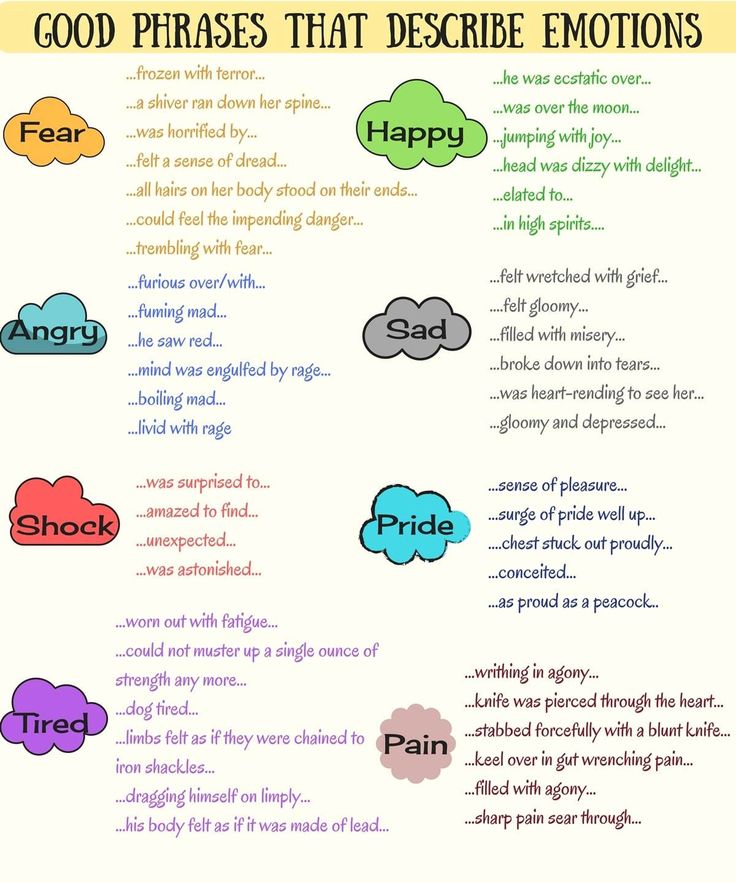 They can also teach you strategies for “grounding” yourself when you start to feel overwhelmed.
They can also teach you strategies for “grounding” yourself when you start to feel overwhelmed.
That brings us to the end of this post on understanding feelings and emotions.
Understanding Your Emotions (for Teens)
How Emotions Help Us
What are you feeling, right now, as you start to read this? Are you curious? Hopeful that you'll learn something about yourself? Bored because this is something you have to do for school and you're not really into it — or happy because it's a school project you enjoy? Perhaps you're distracted by something else, like feeling excited about your weekend plans or sad because you just went through a breakup.
Emotions like these are part of human nature. They give us information about what we're experiencing and help us know how to react.
We sense our emotions from the time we're babies. Infants and young children react to their emotions with facial expressions or with actions like laughing, cuddling, or crying. They feel and show emotions, but they don't yet have the ability to name the emotion or say why they feel that way.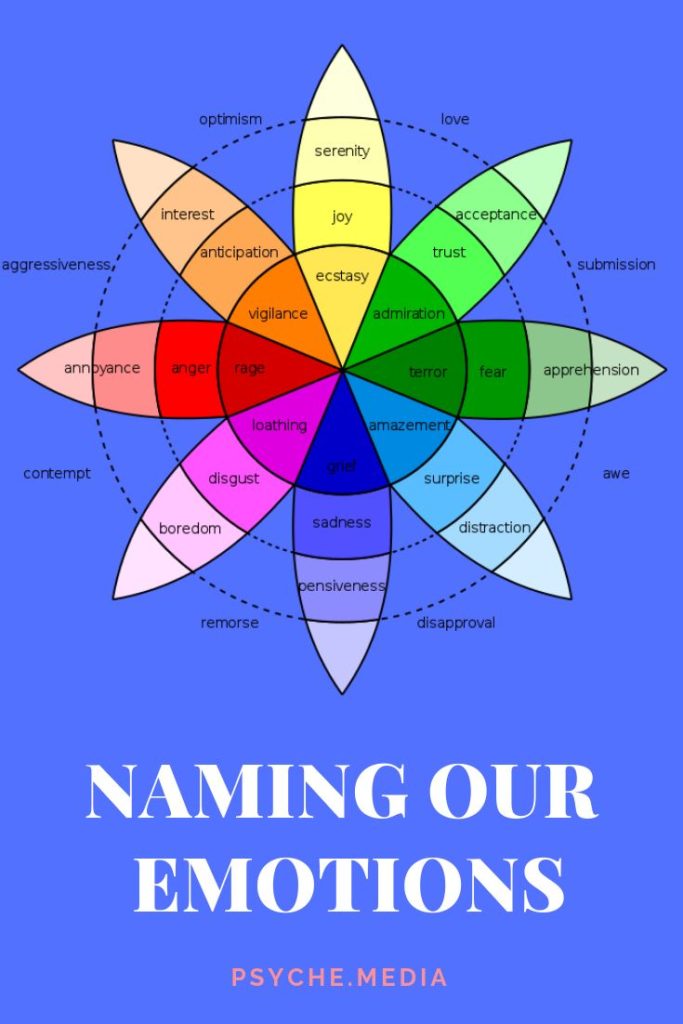
As we grow up, we become more skilled in understanding emotions. Instead of just reacting like little kids do, we can identify what we feel and put it into words. With time and practice, we get better at knowing what we are feeling and why. This skill is called emotional awareness.
Emotional awareness helps us know what we need and want (or don't want!). It helps us build better relationships. That's because being aware of our emotions can help us talk about feelings more clearly, avoid or resolve conflicts better, and move past difficult feelings more easily.
Some people are naturally more in touch with their emotions than others. The good news is, everyone can be more aware of their emotions. It just takes practice. But it's worth the effort: Emotional awareness is the first step toward building emotional intelligence, a skill that can help people succeed in life.
Emotions 101
Here are a few basic things about emotions:
- Emotions come and go.
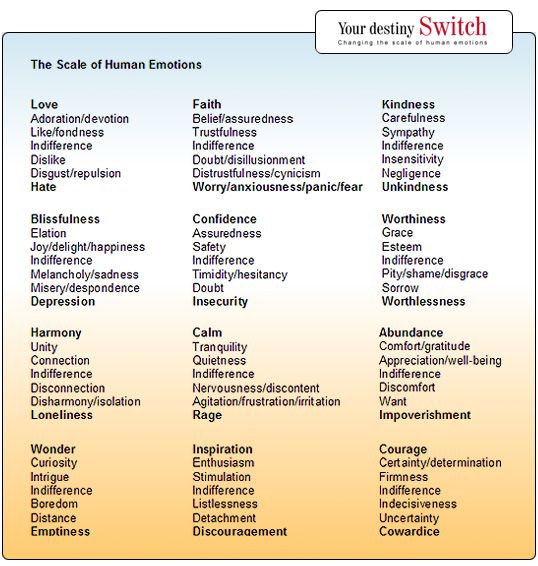 Most of us feel many different emotions throughout the day. Some last just a few seconds. Others might linger to become a mood.
Most of us feel many different emotions throughout the day. Some last just a few seconds. Others might linger to become a mood. - Emotions can be mild, intense, or anywhere in between. The intensity of an emotion can depend on the situation and on the person.
- There are no good or bad emotions, but there are good and bad ways of expressing (or acting on) emotions. Learning how to express emotions in acceptable ways is a separate skill — managing emotions — that is built on a foundation of being able to understand emotions.
p
It's All Good
Some emotions feel positive — like feeling happy, loving, confident, inspired, cheerful, interested, grateful, or included. Other emotions can seem more negative — like feeling angry, resentful, afraid, ashamed, guilty, sad, or worried. Both positive and negative emotions are normal.
All emotions tell us something about ourselves and our situation.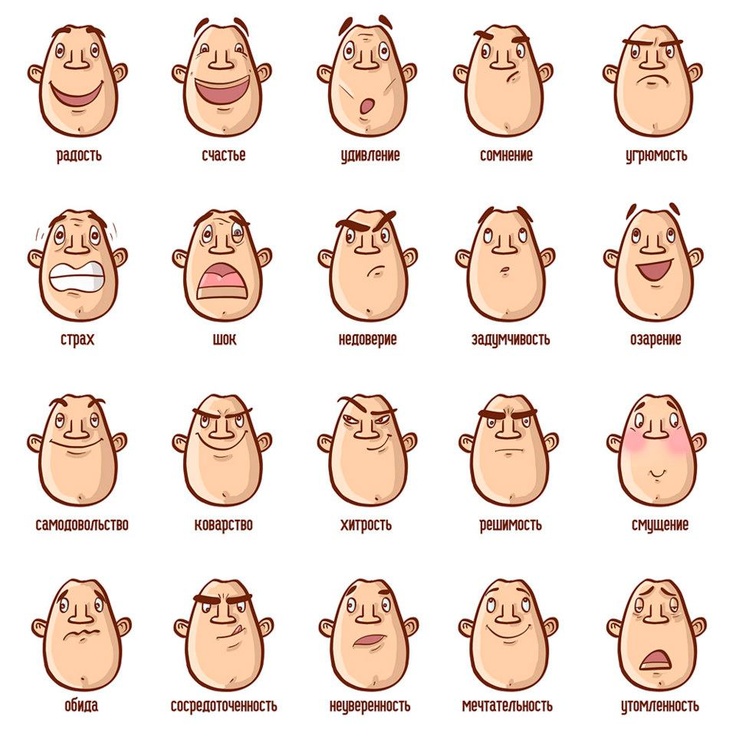 But sometimes we find it hard to accept what we feel. We might judge ourselves for feeling a certain way, like if we feel jealous, for example. But instead of thinking we shouldn't feel that way, it's better to notice how we actually feel.
But sometimes we find it hard to accept what we feel. We might judge ourselves for feeling a certain way, like if we feel jealous, for example. But instead of thinking we shouldn't feel that way, it's better to notice how we actually feel.
Avoiding negative feelings or pretending we don't feel the way we do can backfire. It's harder to move past difficult feelings and allow them to fade if we don't face them and try to understand why we feel that way. You don't have to dwell on your emotions or constantly talk about how you feel. Emotional awareness simply means recognizing, respecting, and accepting your feelings as they happen.
Building Emotional Awareness
Emotional awareness helps us know and accept ourselves. So how can you become more aware of your emotions? Start with these three simple steps:
- Make a habit of tuning in to how you feel in different situations throughout the day. You might notice that you feel excited after making plans to go somewhere with a friend.
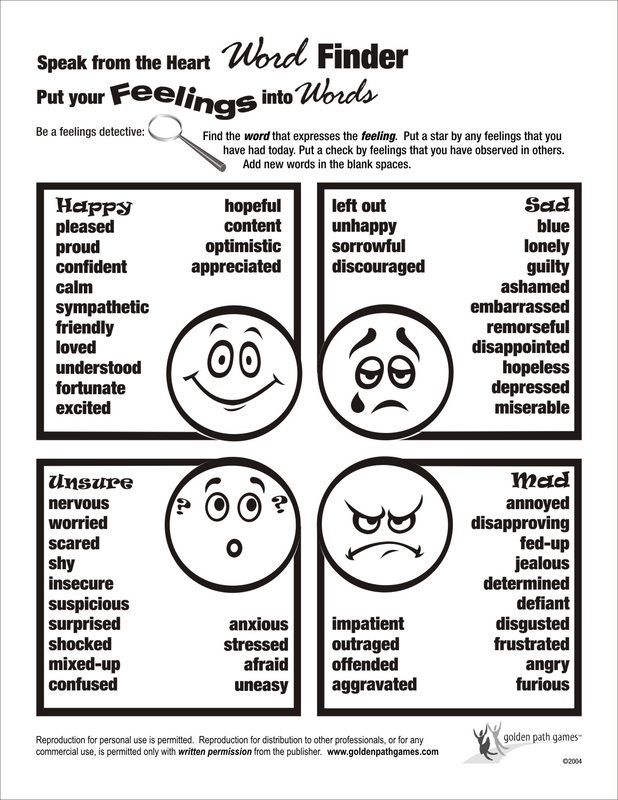 Or that you feel nervous before an exam. You might be relaxed when listening to music, inspired by an art exhibit, or pleased when a friend gives you a compliment. Simply notice whatever emotion you feel, then name that emotion in your mind. It only takes a second to do this, but it's great practice. Notice that each emotion passes and makes room for the next experience.
Or that you feel nervous before an exam. You might be relaxed when listening to music, inspired by an art exhibit, or pleased when a friend gives you a compliment. Simply notice whatever emotion you feel, then name that emotion in your mind. It only takes a second to do this, but it's great practice. Notice that each emotion passes and makes room for the next experience. - Rate how strong the feeling is. After you notice and name an emotion, take it a step further: Rate how strongly you feel the emotion on a scale of 1–10, with 1 being the mildest feeling and 10 the most intense.
- Share your feelings with the people closest to you. This is the best way to practice putting emotions into words, a skill that helps us feel closer to friends, boyfriends or girlfriends, parents, coaches — anyone. Make it a daily practice to share feelings with a friend or family member. You could share something that's quite personal or something that's simply an everyday emotion.
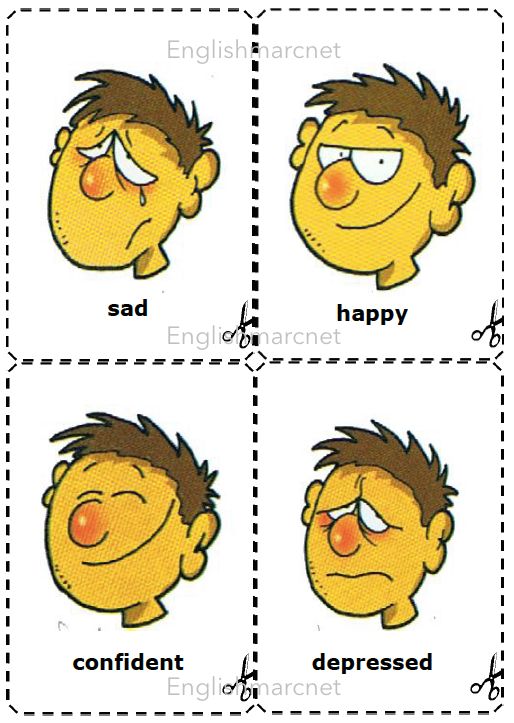
Just like anything else in life, when it comes to emotions, practice makes perfect! Remind yourself there are no good or bad emotions. Don't judge your feelings — just keep noticing and naming them.
Emotional intelligence: how to learn to understand your own and other people's emotions
Emotional intelligence is twice as important as hard skills and IQ for career success. Together with Doctor of Psychology Viktoriya Shimanskaya, we will tell you where emotions come from, how to manage them and better understand other people
About the expert: Viktoriya Shimanskaya — Doctor of Psychology, lecturer at MGIMO, MIP, expert in the development of emotional intelligence. Author of the book “Communication” for teenagers, co-founder of the SKILLFOLIO soft skills development project. Author of the first Russian patented method for developing emotional intelligence.
What is emotional intelligence and why is it important
Emotional Intelligence (Emotional Quotient) is the ability to recognize emotions, intentions, motivations, desires of oneself and other people and manage it. The skill helps to solve practical problems and achieve goals in life and at work. People with developed emotional intelligence are able to negotiate with other people, make decisions and respond correctly to negative situations.
The skill helps to solve practical problems and achieve goals in life and at work. People with developed emotional intelligence are able to negotiate with other people, make decisions and respond correctly to negative situations.
Through emotions we react to events, words and circumstances. If they are not understood, what is happening will be distorted. For example, at work they made a remark to you, and you began to argue and conflict. As a result, this will lead to neurosis, apathy and other depressive states. At the same time, depression does not go away quickly: in 15–39% of people, it lasts more than a year.
A person with developed emotional intelligence reacts to causes, not actions or emotions. This helps him to perceive criticism correctly, understand other people and respond to them with an adequate reaction.
What is emotional intelligence and how it will help your career
The concept of emotional intelligence became popular after the publication of the 1995 book of the same name by science journalist Daniel Goleman. According to Goleman's research, people with developed emotional intelligence have better mental health, work efficiency, and leadership skills. At the same time, 67% of leadership abilities fall on emotional intelligence. It is more important than technical knowledge and IQ twice.
According to Goleman's research, people with developed emotional intelligence have better mental health, work efficiency, and leadership skills. At the same time, 67% of leadership abilities fall on emotional intelligence. It is more important than technical knowledge and IQ twice.
A study by Egon Zehnder confirms this. They analyzed 515 senior executives and found that people with developed emotional intelligence are more likely to succeed. The Carnegie Institute of Technology reported that 85% of our financial success comes from emotional intelligence, leadership, and communication skills. Only 15% depend on technical knowledge. Soft human skills, closely related to emotional intelligence, are the most important skills in the present and the future.
How emotional intelligence works
Let's analyze the model presented by the EQ-factor laboratory led by Nicolas Koro and Viktoriy Shimanskaya in 2014. It clearly shows the coefficients that form the intellectual-emotional profile of a person - IEPP.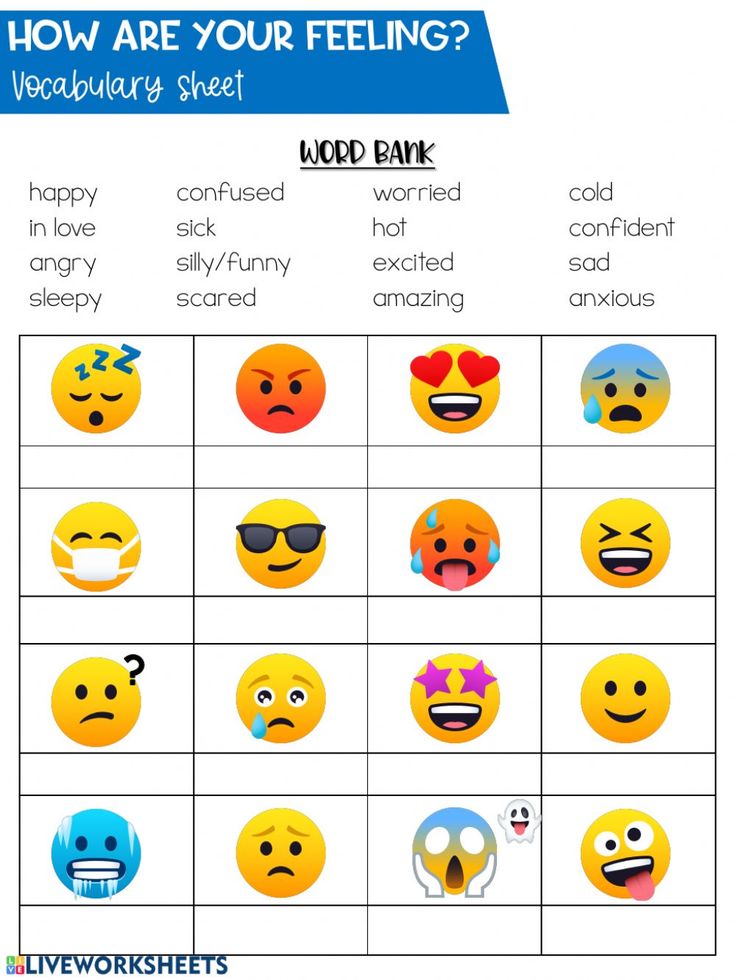
Emotional intelligence does not exist separately from the intellect, it is not its opposite. Emotional intelligence EQ and mental intelligence IQ cannot be separated from each other. Moreover, if EQ is not developed, a person will not have a high IQ.
To develop emotional intelligence, you need to focus on four drivers: awareness, self-esteem, motivation, and adaptability. The development of each of the drivers forms the development of the corresponding emotional-intellectual strategy.
- Awareness. Includes awareness of one's thoughts, feelings and behavior. Develops the strategy of "Philosophers". Philosophers learn quickly and accumulate knowledge, but it is difficult for them to move from theory to practice and translate knowledge into real skills.
- Self-assessment. Includes acceptance, the ability not to depend on external assessments and opinions, a positive perception of the world and determination.
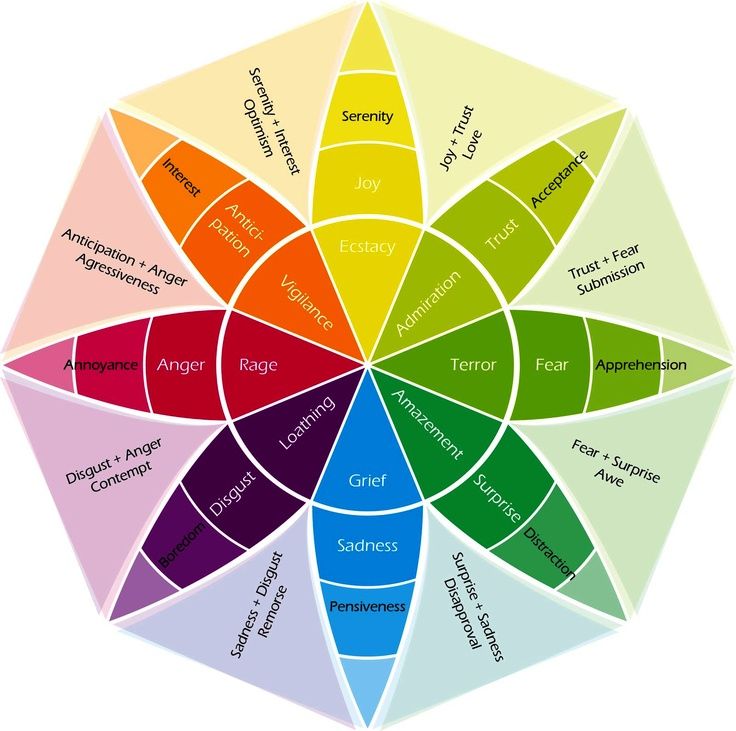 Helps to master the strategy of the "Stars". Such people are self-confident, but tend to talk to impress. Stars run the risk of remaining at the level of "impressions" if they do not pump up the drivers of awareness and motivation.
Helps to master the strategy of the "Stars". Such people are self-confident, but tend to talk to impress. Stars run the risk of remaining at the level of "impressions" if they do not pump up the drivers of awareness and motivation. - Motivation. Includes openness to new things, goal-setting, experiencing failures, striving for self-actualization. Helps to master the strategy of "Heroes". Heroes enjoy self-development and achievements, so they constantly improve and can lead people. Heroes run the risk of quickly burning out if they do not understand the reasons for their work.
- Adaptability. Includes empathy, stress tolerance, decision making and communication skills. Develops the strategy of "Leaders". Such people are stress-resistant, empathic and hardworking, but prone to impostor syndrome. This is a cognitive distortion when a person considers himself a deceiver and does not attribute achievements to his qualities and skills.
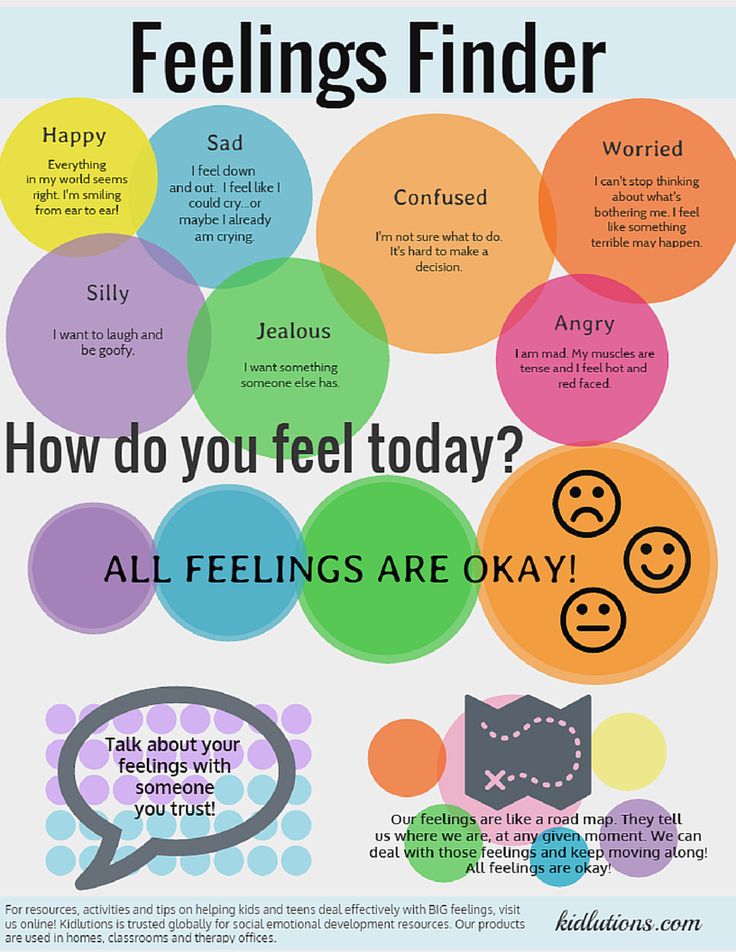
Emotional intelligence is a kind of base of the personality pyramid. The larger the volume of this pyramid, the more opportunities and influence a person can have on his life, the lives of other people and the world as a whole.
All four profiles are equally promising. To build an effective life strategy, you need to understand your strong drivers and pay attention to the weak ones. In conjunction with the IQ intelligence vector, emotional intelligence forms the life strategy of "Creators". It helps to realize the potential of a person and achieve the highest level of self-realization.
How to develop emotional intelligence
Honesty and the correct assessment of one's behavior are key factors for the development of EQ, says Viktoria Shimanskaya, Doctor of Psychology and an expert in the development of emotional intelligence.
Honesty. To test your honesty, do a simple exercise - write down on paper three personality traits that you do not like about yourself.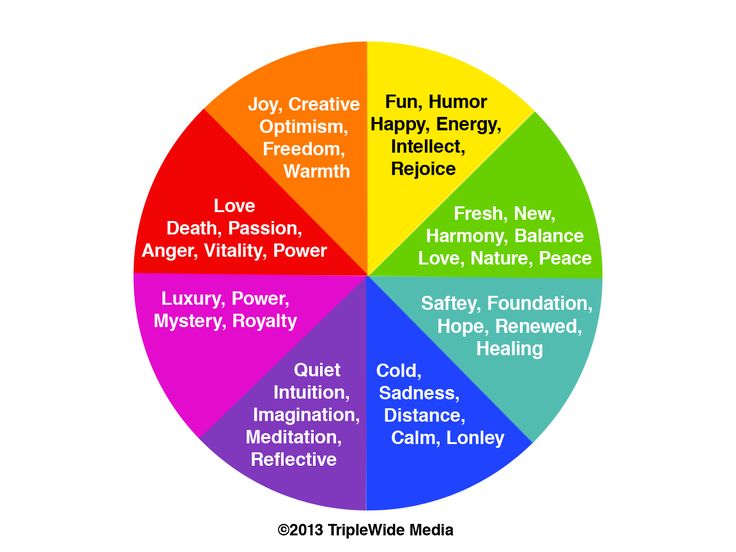 For example, "I wake up late", "I'm lazy", and "I get easily irritated". According to the first principle of the concept of emotional intelligence, there is a positive intention in every action we take. Think about why you wake up late and what is the positive intention behind this action. For example, because you get very tired at work and worry about a new project.
For example, "I wake up late", "I'm lazy", and "I get easily irritated". According to the first principle of the concept of emotional intelligence, there is a positive intention in every action we take. Think about why you wake up late and what is the positive intention behind this action. For example, because you get very tired at work and worry about a new project.
Psychologist and author of Emotional Intelligence Daniel Goleman tries to figure out why we don't show compassion more often and how it will change our lives
Behavior assessment. It is difficult to answer the question why we behave this way in a particular situation. But an honest answer gives a reaction on three levels: meaning, body and emotions - this is the second paradigm in the concept of emotional intelligence. If you change the reaction at one of these levels, the rest will change. For example, you are doing a good job, but you realized that customers do not return again because you do not know how to communicate with them.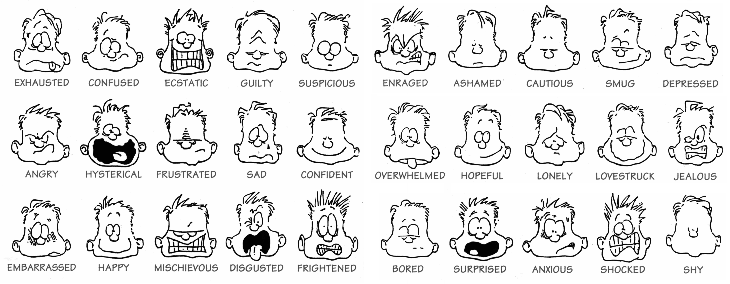 Because of this, you are annoyed, but the awareness of this thing will give a state of insight at the level of meaning. At the level of the body, there will be relaxation and a feeling, "as if a mountain has fallen from the shoulders." At the level of emotions, it will become easier. You have found the true cause of anger and irritation, although it is difficult to admit.
Because of this, you are annoyed, but the awareness of this thing will give a state of insight at the level of meaning. At the level of the body, there will be relaxation and a feeling, "as if a mountain has fallen from the shoulders." At the level of emotions, it will become easier. You have found the true cause of anger and irritation, although it is difficult to admit.
Emotional Intelligence Development Tools
There are four components to developing emotional intelligence. Self-awareness and self-control help you work with yourself, while social competence and relationship management help you build strong relationships with others.
- Awareness
The development of emotional intelligence should begin with the awareness of what is happening to you. You need to learn to separate yourself and emotions, to present them as a separate phenomenon and look at it from the side. Emotions are your reaction to what is happening around you.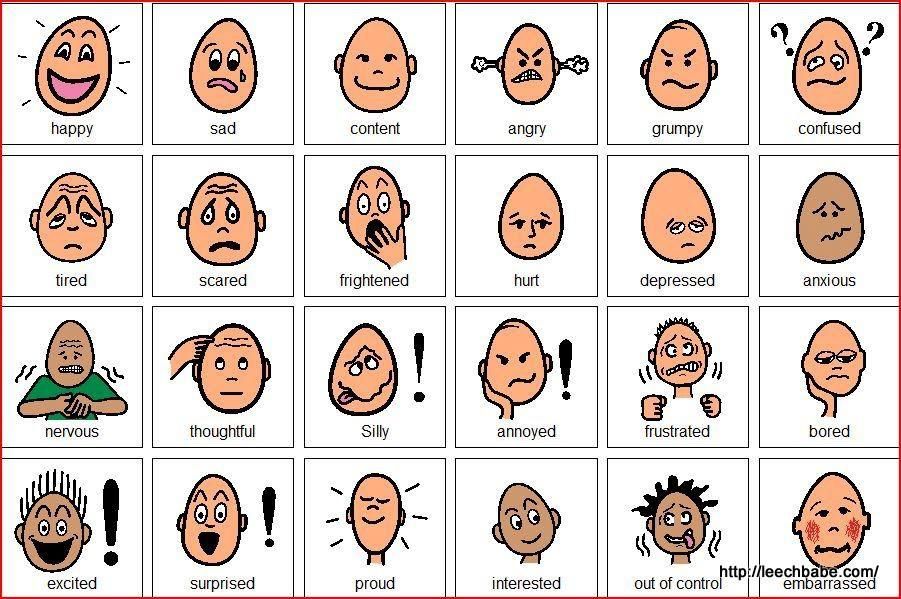 They change with changes in external circumstances, so remember: you ≠ your emotions. The ability to separate emotion from yourself will help you assess the situation, make a decision and respond correctly.
They change with changes in external circumstances, so remember: you ≠ your emotions. The ability to separate emotion from yourself will help you assess the situation, make a decision and respond correctly.
For example, on the edge of a cliff, you realize that you are afraid and move away. In this case, fear will save your life. But in negotiations with an important client, he will interfere with collecting thoughts and focusing on the result. Realizing this, you need to push the fear aside and move on.
Mark Williams and Danny Penman define emotions in their book Mindfulness: “They are clusters of thoughts, feelings, bodily sensations and impulses. All the elements interact with each other and can enhance or dampen the overall mood.”
Any emotion can be accepted or rejected. At the same time, emotions cannot be suppressed. This will lead to neurosis and dissatisfaction with life.
Practice: draw a scale from 0 to 10 on paper.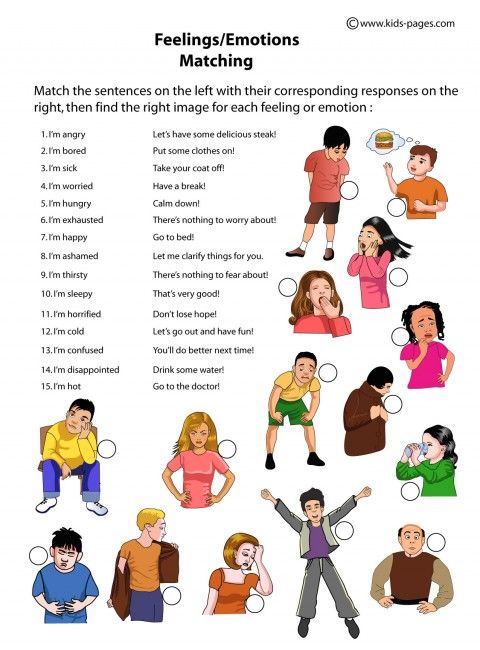 Mark the level of fear on it, for example, 7 bars. Now increase the level to 9, and then decrease to 5. Try to understand your feelings and experience the emotion. Reduce your fear by another 2 or 3 bars, and get down to business that you were afraid of. This is the essence of emotion management.
Mark the level of fear on it, for example, 7 bars. Now increase the level to 9, and then decrease to 5. Try to understand your feelings and experience the emotion. Reduce your fear by another 2 or 3 bars, and get down to business that you were afraid of. This is the essence of emotion management.
- Self-monitoring
If you are aware and able to separate emotion from yourself, you will be able to control and express it correctly. This skill is especially important for leaders. To control an emotion, it must be expressed and spoken out loud.
Practice: learn to speak the language of emotions. Use a three-part phrase:
-
I feel…
-
Because…
-
I would like...
For example, I am frustrated and angry because I did not have time to prepare a presentation for a new client.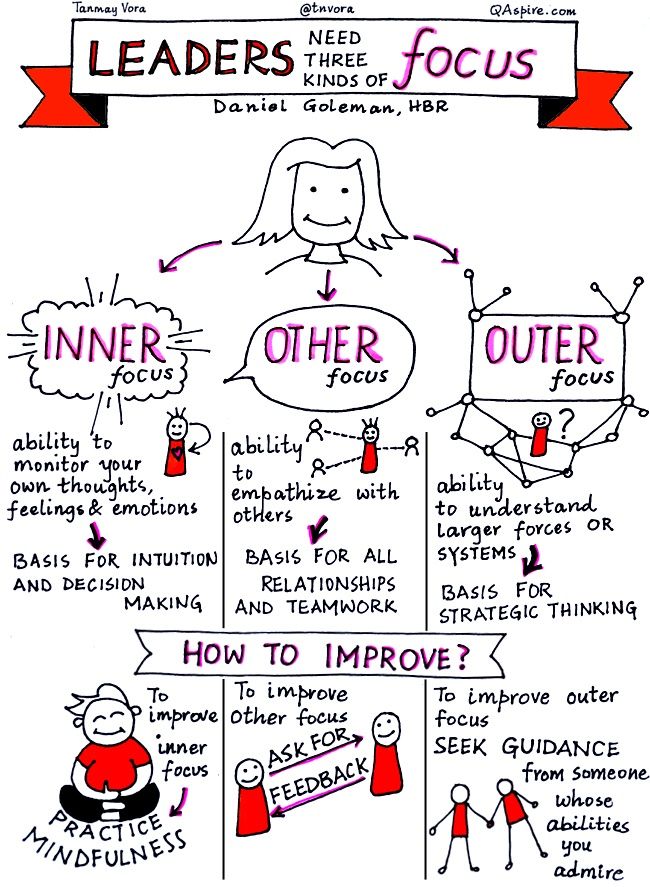 I would like us to do it together, because the client is important for the company. Formulate several negative and positive emotions according to this formula.
I would like us to do it together, because the client is important for the company. Formulate several negative and positive emotions according to this formula.
Methods of non-violent communication will help to learn how to express feelings. Practice, over time it will become a habit. You will change your speech and reaction to many events.
- Social competence
Social competence helps to see the essence and cause of what is happening and not get involved in emotional battles. Make smarter and more informed decisions. To do this, you need to learn to understand what is behind the behavior of another person. This way you will prevent 90% of conflicts.
One's own or another person's reaction can be decomposed into meaning, action and intention. This will help to correctly interpret emotions and respond to them
One's own or another person's reaction can be decomposed into meaning, action and intention.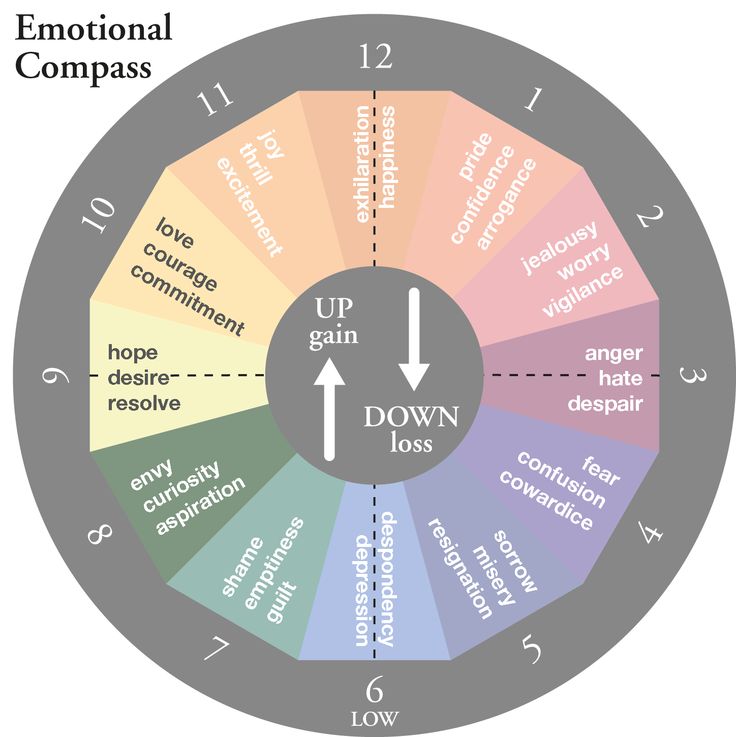 This will help to correctly interpret emotions and respond to them
This will help to correctly interpret emotions and respond to them
When communicating with people, do not react to actions and words, but to the intentions and reasons that lie behind them. Any reaction and behavior can be decomposed into three components:
-
Intention — the meaning, the true reason. A person may or may not be aware of his intention, but it will always be positive. For example, the manager yelled at you because he was worried about the results of the project.
-
Action is how a person realizes the cause. It can be positive and constructive or negative and destructive. For example, you will insult a man in response to unacceptable behavior or explain your attitude and offer to behave differently.
-
Meaning is the meaning you give to the action.
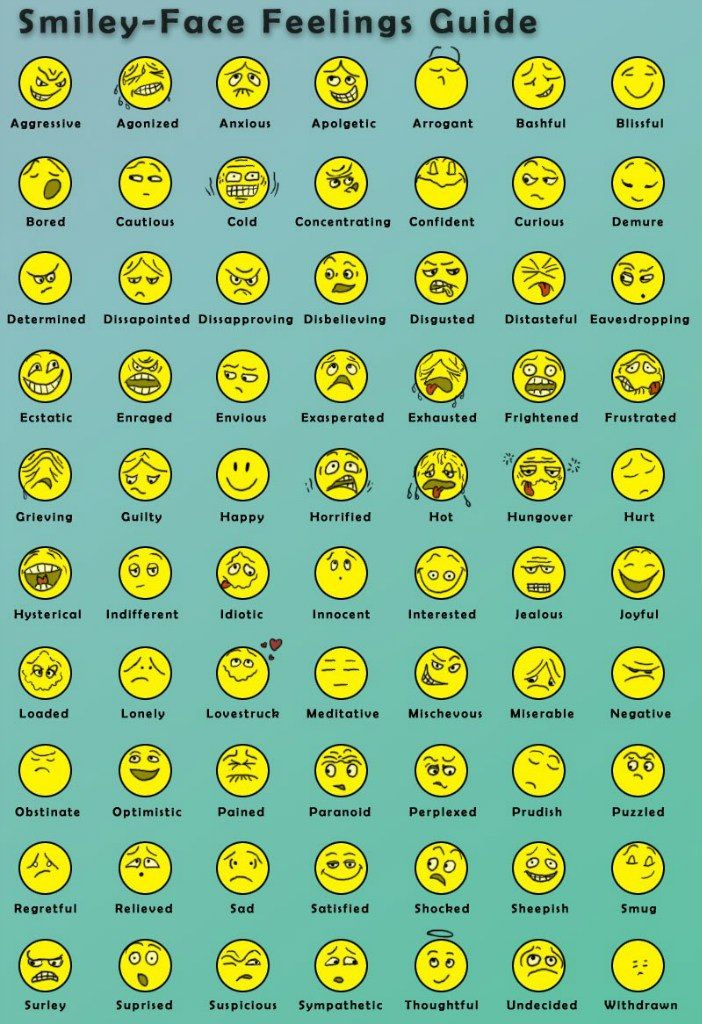 It is either positive or negative. For example, you asked a colleague a question, but he did not answer. Positive meaning - the colleague did not hear the question, negative - he does not respect you.
It is either positive or negative. For example, you asked a colleague a question, but he did not answer. Positive meaning - the colleague did not hear the question, negative - he does not respect you.
Practice: remember a few conflict situations and try to expand them according to this formula. Find positive intentions in your meanings and actions.
- Relationship Management
The emotion quadrant will help you determine your emotional state, use it or change it. This is a coordinate system from 0 to 10 on each axis. Below are the level of mood and pleasure - gray and green squares. Above are the level of energy and physical well-being - orange and yellow squares.
The Emotion Quadrant helps you determine which emotional state you or your co-workers are in to direct energy and mood for good
The Emotion Quadrant helps you determine which emotional state you or your co-workers are in to direct energy and mood to benefit
How it works. For example, you didn’t make a presentation for a new client and you are worried because of this. Rate the level of mood at 3 points. At the same time, you still have a lot of strength, so the energy level will be 7 points. So you get into the red square "I'm worried." In this state, it is better to do active work that does not require an emotional mood: tidy up the house, take out the trash, cook food.
For example, you didn’t make a presentation for a new client and you are worried because of this. Rate the level of mood at 3 points. At the same time, you still have a lot of strength, so the energy level will be 7 points. So you get into the red square "I'm worried." In this state, it is better to do active work that does not require an emotional mood: tidy up the house, take out the trash, cook food.
In the green square you are in a good mood but have little energy. In this case, learn new things: immerse yourself in a project or task, collect information. Do things that don't require physical activity.
In the yellow square, mood and energy are at their maximum. This is a good opportunity for brainstorming. Come up with new ideas and projects, mix formats and look for other solutions to common problems.
There is little energy and no mood in the blue square. Here you should look for errors and shortcomings. Figure out how you can improve your daily routine and see what else you can work on.
The Emotion Quadrant will help you channel your free resources to the right things. You will be able to correctly prioritize and give clear orders to employees.
How to determine the level of development of emotional intelligence?
The author of the book "Emotional Intelligence in Practice" Justin Bariso identifies 13 criteria for a developed EQ:
-
Become aware of your feelings and emotions.
-
Pause before speaking or acting.
-
Strive to control your thoughts and reactions to emotions.
-
Use criticism as an opportunity to improve.
-
Stick to your values and principles.
-
Know how to sympathize.

-
Praise and inspire others.
-
Give helpful feedback.
-
Apologize and acknowledge mistakes.
-
Forgive and forget.
-
Fulfill your obligations.
-
Help others.
-
Protect yourself from emotional sabotage.
Victoria Shimanskaya adds one universal but subjective criterion - the degree of satisfaction with one's own life. Feeling is more important in EQ than skill development. If you can't ask for a raise for several years or get terribly angry when you clean your apartment, take a closer look at working with your emotions.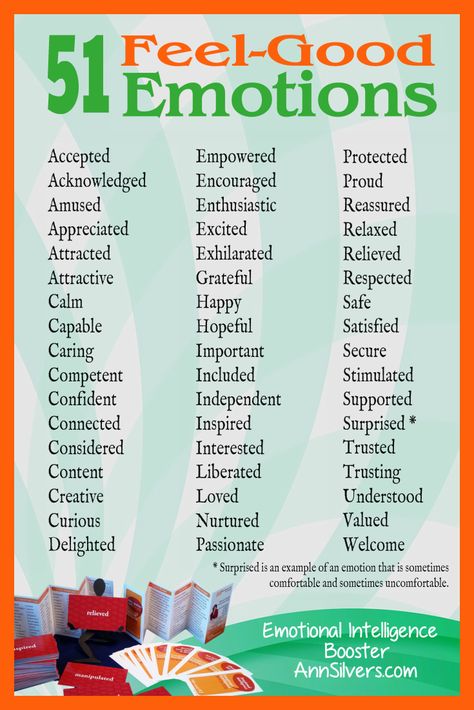
The hardest thing about developing emotional intelligence is getting started. It is not clear at what point there is an experience that allows you to further develop your EQ skills. Begin to carefully listen to yourself and catch the emotion: name, realize, reflect, listen to your feelings. Without this exercise, no books will get you closer to feeling happy, overcoming fears, curbing anger, and other tasks that we want to solve with the help of emotion management.
Emotional intelligence lives at the intersection of meanings and the body. Only by linking knowledge with physical sensations, you can turn it on and adjust your emotional apparatus. This means that our path is to work out the connection between the body and consciousness. To do - to fix, to feel - to comprehend.
To develop emotional intelligence
- Learn to be aware of your emotions and name them. Say out loud what you feel.
- Accept emotions and try to live them without prejudice to yourself and others.

- Learn to separate emotions from yourself. You are always more than one emotion.
- Seek and understand the cause of the emotion.
- Align emotions with current life purpose. Think about how they can help you and use them to your advantage.
- Try applying the EQ tools to other people.
- Get a special diagnostic to determine the level of development of emotional intelligence. Choose trainings, courses, books that will help you improve your skill.
How to learn to understand your emotions?
16 711
Know himself a man among people
SPECE of emotions
Psychology Professor Robert Plutchik listed eight basic emotions and their corresponding functions:
-
Fear - Protection,
-
Anger - Destruction,
9003 9000 9000 - reproduction, -
sadness - reconnection,
-
trust - joining,
-
disgust - rejection,
-
expectation - orientation,
-
surprise - research.
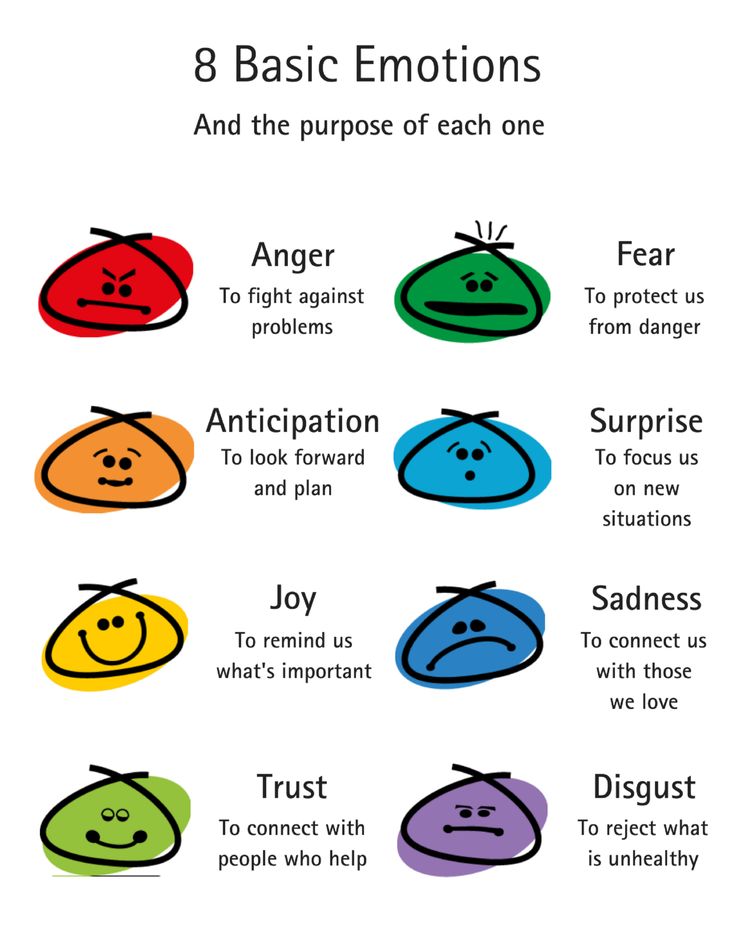
Like paint on an artist's palette, emotions can mix to form other, more complex emotions. Why is this classification useful? It gives a subtle knowledge of the nuances of emotions, which helps us to better understand our reactions.
Each of us, according to Plutchik's theory, has a leading emotion. If its manifestation is not approved by our environment or is dangerous for self-perception, defensive behavior is activated.
1. Joy
Defensive behavior: concerns about violations of personal space, desire to conform to generally accepted standards of behavior, preoccupation with a “decent” appearance, politeness, courtesy, disinterestedness, sociability.
2. Trust
Defensive behavior: sociability, desire to be the center of attention, thirst for recognition, optimism, ease, boastfulness, self-pity, courtesy, pathos, easy tolerance of criticism and lack of self-criticism.
3. Fear
Protective behavior: inertia, passivity, withdrawal into oneself, lack of initiative, submissiveness, tendency to depend on someone, avoidance of problem situations, shyness, forgetfulness, fear of new acquaintances.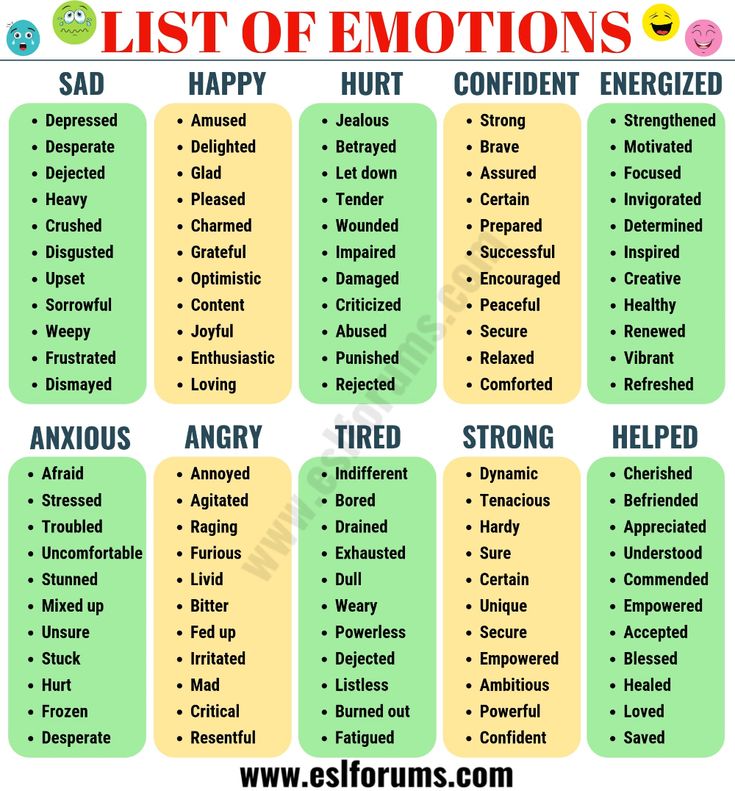
4. Surprise
Defensive behavior: impulsiveness, lack of deep interests, suggestibility, inability to complete the work begun, quick mood swings, ability to easily establish superficial contacts.
5. Sadness
Defensive behavior: suffering from the loss of an imaginary object and loss of self-esteem, searching for and correcting one's shortcomings, achieving high results in activities, playing sports, collecting, striving for originality.
6. Disgust
Defensive behavior: control, lack of suggestibility, increased criticality, pride, pride, selfishness, heightened sense of justice, sensitivity to criticism and remarks, exactingness towards oneself and others.
7. Anger
Defensive behavior: impulsiveness, irritability, irascibility, exactingness towards others, protest reactions in response to criticism, lack of guilt.
8. Waiting
Protective behavior: increased control, not allowing to recognize the emotions of others, a tendency to analyze and introspection, conscientiousness, thoroughness, love of order, foresight, individualism.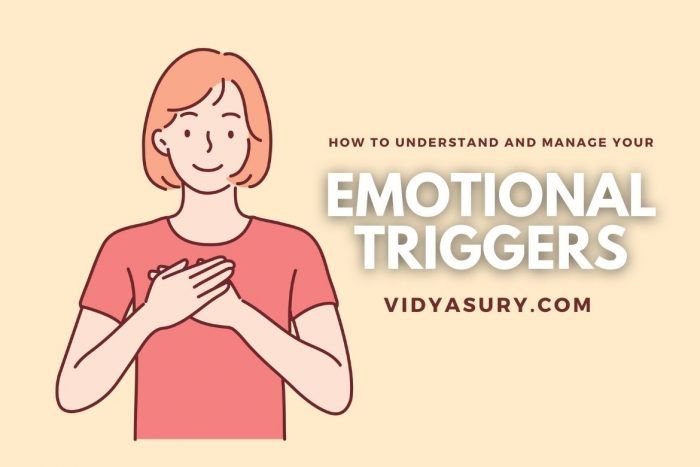
How to understand your emotions?
We can become more aware of our emotions by asking ourselves questions like this:
-
What is happening to me right now?
-
How do I feel in my body?
-
What do I want to do now?
-
What can I call what I feel?
-
Can my feeling become stronger?
-
What will it look like then?
-
Can my feeling get weaker?
By understanding our emotions, we get to know ourselves and our desires better. And we can consciously find a way to satisfy them.
Primary diades
The combination of primary emotions
-
Joy = love
-
Trust + Fear = submission
-
fear = thrill
-
Surprising = Disapp there by + disgust = regret
-
Surption + anger = contempt
-
Anger + expectation = aggression
-
expectation + joy = optimism
secondary diades
Combination of emotions, separated on a wheel by another emotion
-
Joy = WITH WILL
-
Trust + surprise = curiosity
-
Fear + sadness = despair
-
Surprise + disgust = disgust
-
Sadge + anger = envy
-
Similarity + expectation = cynicism
-
Anges + Joy = pride
-
EVERYTHING = FATALISM
TRICE DIADA
Combination of Emotions, which are divided into wheels, which are divided into wheels.
